
Cosmetic packaging is similar to an attire that showcases the essence of beauty products.
It’s not about ensuring the safety of creams, lotions, and perfumes but about creating a special look and feel.
These packaging labels inform us about the contents of those jars and bottles that enhance our appearance and make us feel great.
Have you ever wondered how they create appealing labels? In this guide, we will explore 6 labeling techniques specifically designed for jars or lotion bottles.
These methods not only enhance the aesthetics but also reflect the brand’s dedication to quality and innovation.
6 Labeling Techniques For Cosmetic Jars
Hot stamping, Silk screening, Embossing & Debossing, Double-sided labels, Waterproof labels, and Label etching are the top 6 labeling methods for cosmetic jars. Each custom cosmetic label has its benefits offering brands a range of options to align with their vision and values. Source.
So get ready to delve into these techniques that transform our jars into stunning pieces. From labels to textured ones, each approach is like a trick.
By the end of this guide, you’ll become adept at identifying these techniques on your products – it’s like peeking behind the curtain of cosmetic enchantment! Let’s dive in and uncover how labels give our jars an allure!
Hot Stamping
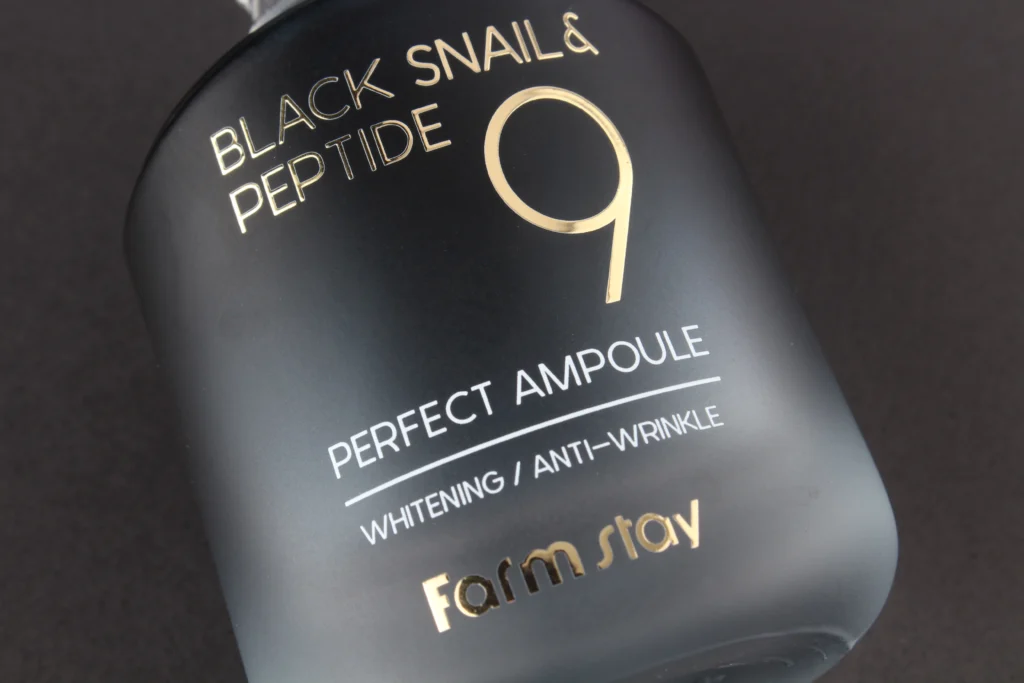
Hot stamping has become increasingly popular not only because of its appearance but also for its practical advantages.
The metallic finish achieved through stamping is visually captivating, and provides a tactile element, to the packaging.
Customers are naturally drawn to the raised surface creating an experience that enhances their perception of the product’s quality. Source.
One of the advantages of stamping is its adaptability to various materials. Whether the cosmetic jar is made of glass, plastic or any other material hot stamping can be effectively applied.
This versatility allows cosmetic brands to maintain an appearance, across their cosmetic and skincare labels, strengthening their brand identity and recognition. Additionally, hot stamping offers benefits for packaging purposes.
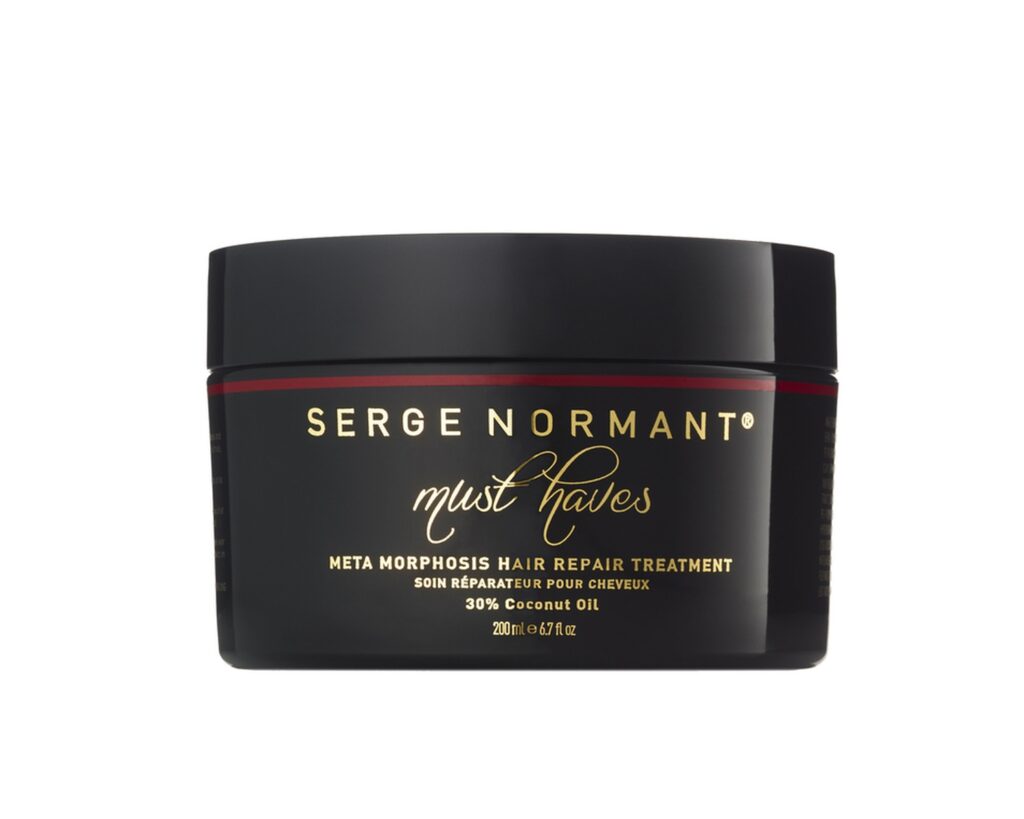
Incorporating foil into the labeling process adds a layer of protection that safeguards the label from moisture, abrasion, and other environmental factors. This helps preserve the label’s attractiveness throughout the lifespan of the product.
Furthermore, hot stamping is one of the perfect custom cosmetic labels that can be customized for cosmetic products.
While it may require equipment setup costs once implemented it allows for application at a relatively low cost per unit. This makes it an appealing choice, for both established brands and small businesses seeking to enhance their packaging without compromising on quality.
Silk Screening
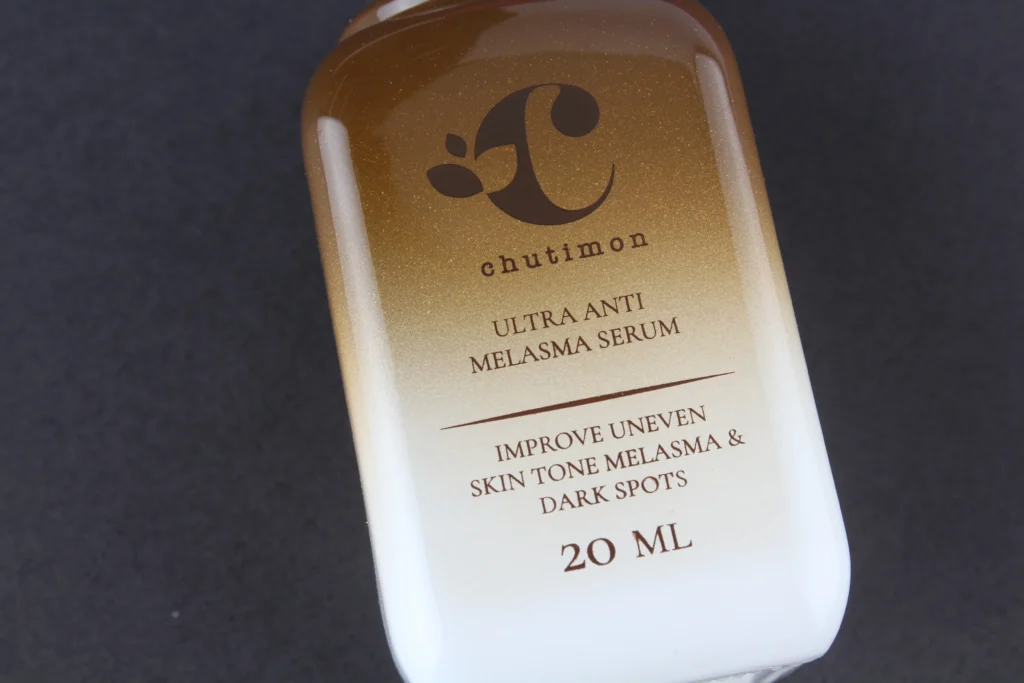
Silk screening, also known as screen printing is a technique used to apply ink onto the surface of jars and cosmetic products.
It is commonly utilized for foundations, soap jars, lip balms, and various other cosmetics.
The process involves using a stencil or screen to achieve designs and a matte finish. This method ensures that the labels have quality and durability.
The beauty of silk screening lies in its ability to create colors and intricate patterns. It allows brands to design labels that truly capture the essence of their products, as one of the perfect labels online.
Another advantage of screen printing is its versatility. Labels can be printed on both sides of the jar allowing brands to provide information, enhance appeal, and increase brand visibility. Source.
The richness and depth of hues achieved through silk screening create an impact that captures attention and leaves a lasting impression. These custom labels are also used for online product packaging and supply.

Additionally, silk screening gives cosmetic jars perfect labels that are durable over time. The ink melds with the surface forming a resilient connection, against fading, scratching, and the demands of use.
This durability guarantees that the label maintains its captivating appearance from the moment it is applied, preserving the brand’s image and message.
Beyond its capabilities silk screening also possesses eco-friendliness. By eliminating the need for labels and embracing an approach it reduces waste and minimizes the environmental impact associated with traditional labeling methods. For more information, you can also see free templates and samples on Vcpak.
Embossing & Debossing
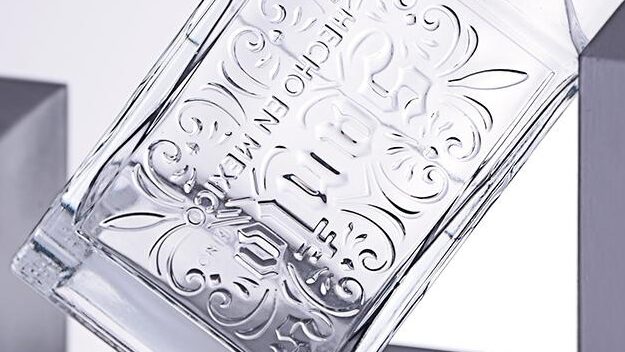
Embossing and debossing are two techniques employed in makeup labels and decoration that bring a tactile and visually striking element to beauty products.
These methods of labels for cosmetics products involve creating raised (embossed) or recessed (debossed) design services on the surface of the jar adding an essence of luxury and sophistication.
Through embossing the label is heightened to create a three effect that makes the design visually prominent and catches the light in a manner.
This method adds a touch enticing customers to not only observe the label but also feel its intricacies.
The raised elements provide a tactile experience that conveys a feeling of quality and artistry enhancing the perception of the product. Source.
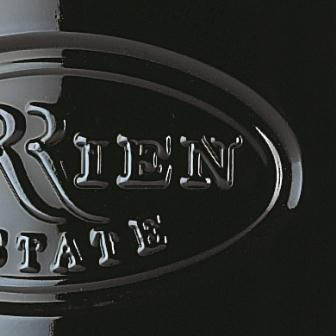
On the side debossing involves creating an impression, on the surface of the jar. This technique imparts grace as the design is pressed into the material.
The outcome is a label that exudes a sense of luxury inviting customers to appreciate the details. The debossed elements offer a texture that adds depth and character to the design.
Both embossing and debossing techniques offer a level of customization that enables brands to create labels uniquely tailored to their identity.
Whether it’s a logo that is indented into the surface for a simple look or an intricate pattern that is raised for a luxurious and extravagant appearance these techniques provide brands with the means to showcase their unique identity.
Double-Sided Labels
These labels have adhesive, on both sides allowing for the inclusion of designs and informative content. One advantage of labels is their ability to make the most out of limited surface area, which is especially important for cosmetic jars.
Brands can effectively utilize both the back surfaces of the jar to convey details such as product ingredients, usage instructions, and brand information. Source.
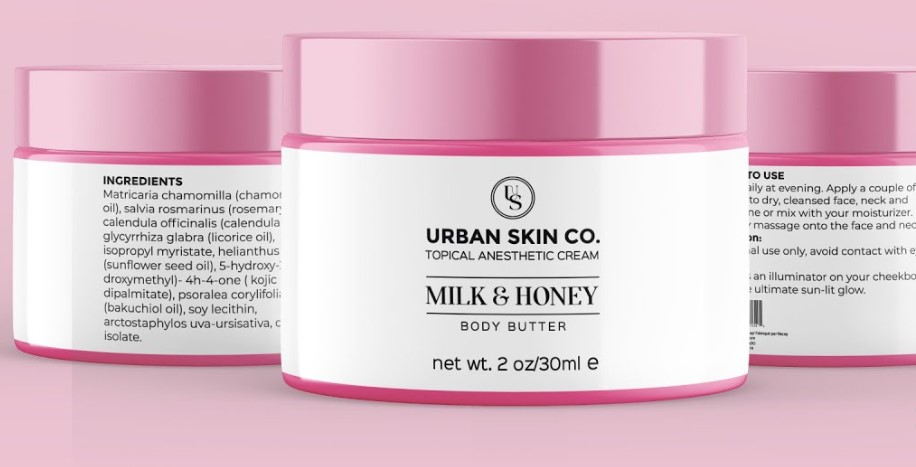
Furthermore, the double sided labels or cosmetic stickers present an opportunity for design exploration while maintaining practicality, in conveying essential information.
Brands have the option to use the side of a label to display the product name and logo while utilizing the side for additional decorative elements, patterns, or information.
This two-sided approach creates a coherent presentation that catches the attention of consumers.
Moreover sided labels can serve as a tool, for branding and marketing purposes. They offer an opportunity to showcase the brand’s logo, tagline, and other brand elements from different angles resulting in a memorable visual impression.
This aspect can be particularly significant in establishing brand recognition and fostering loyalty among customers.
Waterproof Labels

Waterproof labels on jars are revolutionary for beauty brands seeking a combination of style and practicality.
These labels are specifically designed to withstand exposure to moisture making them ideal for cosmetics that may come into contact with water or other liquids during use. Source.
The main advantage of these makeup labels lies in their durability. They are engineered to resist water, oil, and other liquids ensuring that the label remains intact and legible, in wet conditions.
This durability is essential, for preserving the packaging quality and ensuring that important information remains easily readable for customers.
Unlike paper labels waterproof labels are less prone to smudging or smearing when they come into contact with moisture.
These labels for cosmetic jars are particularly important for products that may be handled with damp hands or used in environments with high humidity.
Waterproof labels maintain their appeal over time resisting fading, wrinkling, and other forms of deterioration that can occur with paper labels when exposed to moisture.
This means that the packaging will continue to look pristine and attractive after prolonged use. Waterproof labels are especially suitable for cosmetics like lotions, creams, body washes and other products commonly used in bathrooms or near water sources. They offer a solution, for maintaining label integrity under these conditions.
Label Etching

Laser etching is a technique that revolutionizes the way cosmetic jars are decorated. It involves using a laser beam to engrave intricate designs onto the jar’s surface.
This level of accuracy ensures that even the delicate elements of the design are faithfully replicated, resulting in a label that truly embodies artistry.
Laser etching is particularly effective when applied to glass jars as it creates a visually stunning mark on the glass. This method is ideal for brands aiming to convey luxury and elegance through their packaging. Source.
The engravings produced by laser etching are durable and resistant to wear and tear meaning they won’t fade or smudge over time maintaining their appearance, with prolonged use.
Choosing methods like laser etching for labeling is an option that eliminates the need for additional materials or labels. This not reduce waste but also promotes a sustainable approach to packaging.
Laser etching offers a variety of customization options giving brands the freedom to engrave their logos, intricate patterns, or even text onto the surface of jars.
Furthermore, it encourages an eco approach, to packaging. Laser etching provides a range of options for customization allowing brands the freedom to engrave their logos, intricate patterns, or even text onto the surface of jars.
This versatility enables a level of personalization that aligns with the brand’s identity and message.
Conclusion
In summary, there has been a shift in the packaging industry towards labeling techniques that not only visually captivate but also promote environmental consciousness.
These approaches not only fail to reduce waste but also create a visual impact. By adopting these methods beauty companies are not only meeting consumer demands, but also shaping a sustainable and visually appealing future, for the industry.

